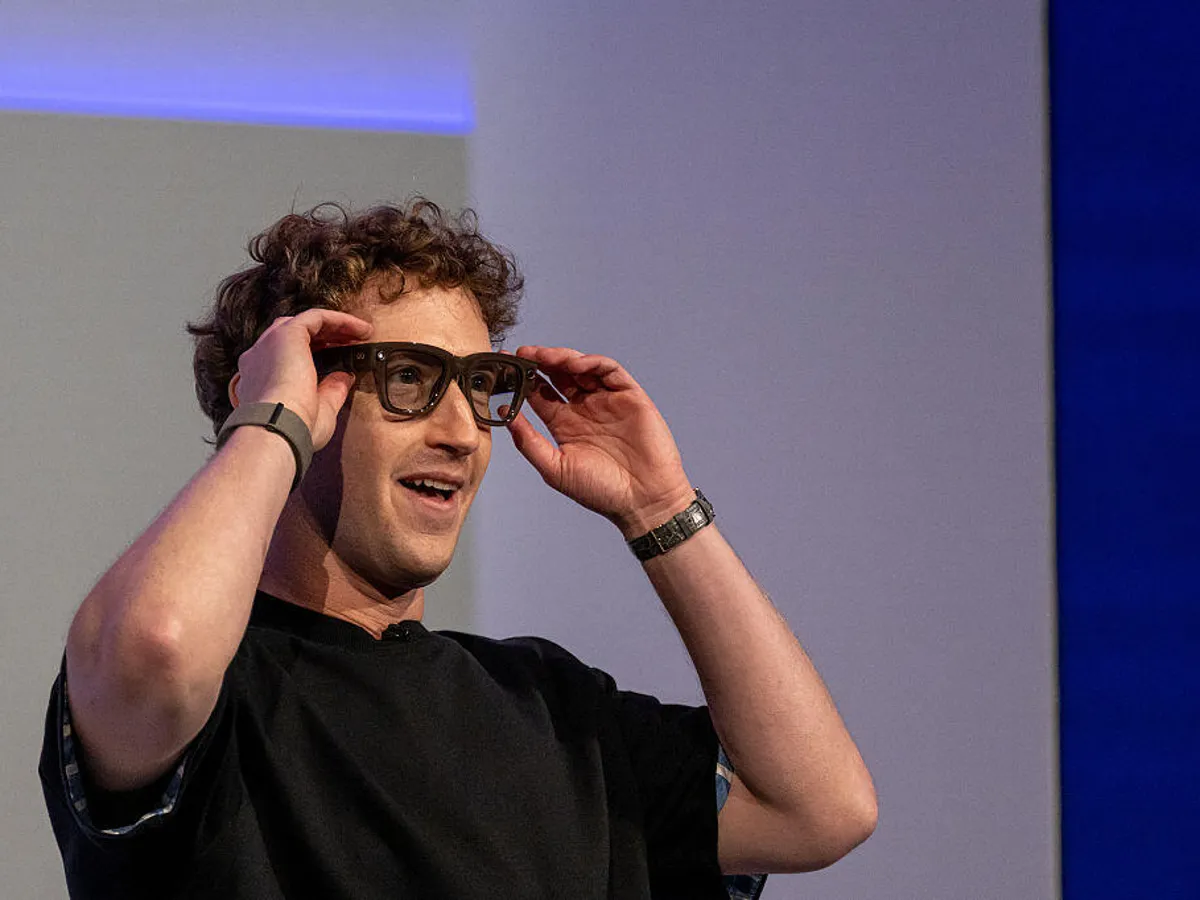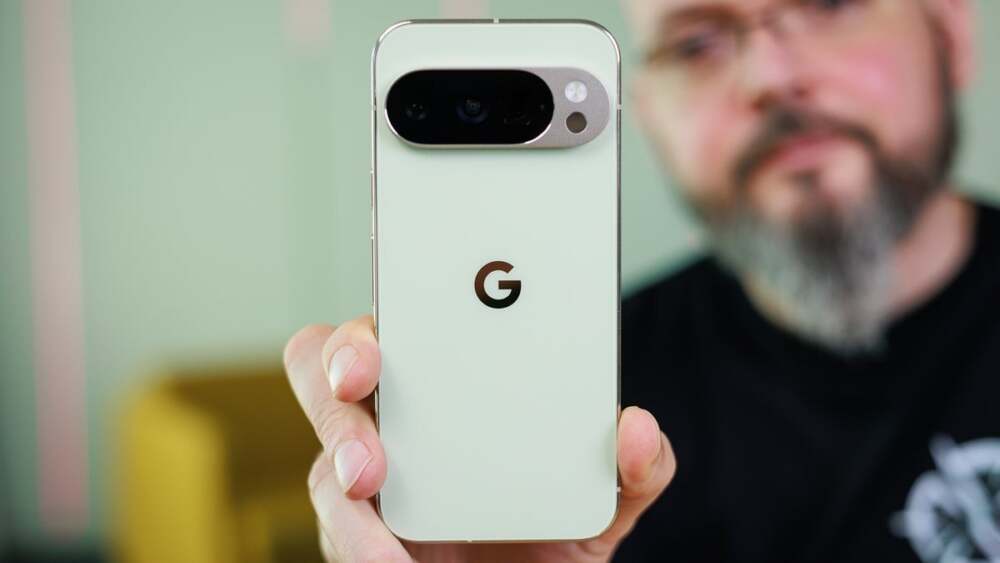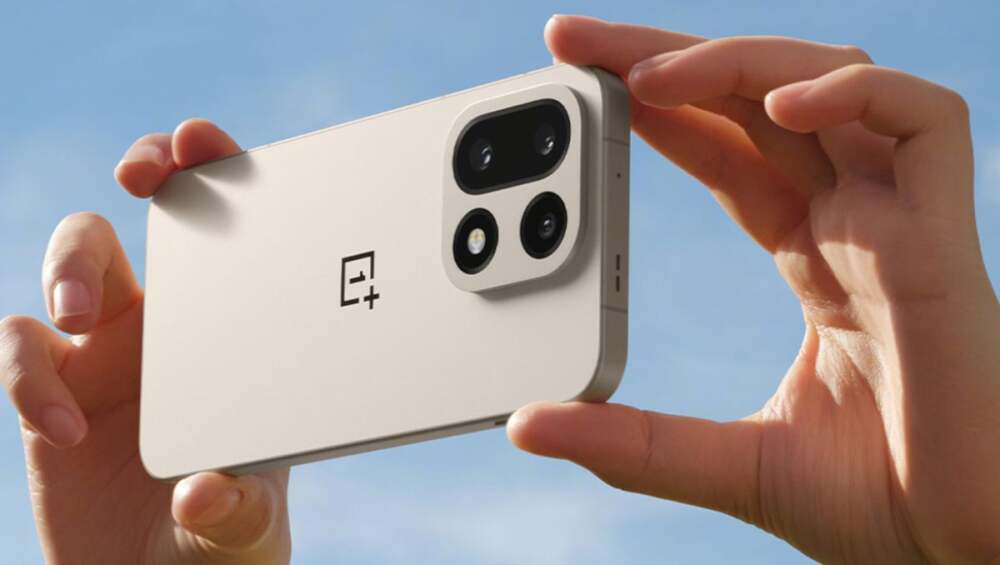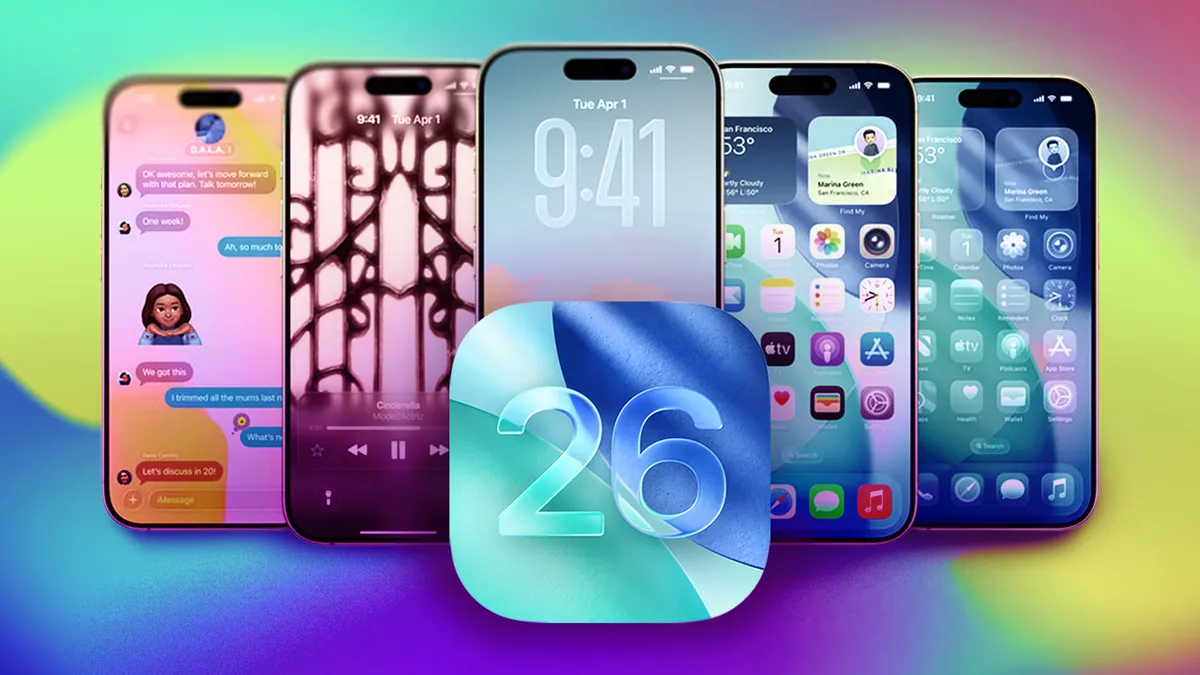Meta is doubling down on its vision for AI-powered smart glasses as the next frontier of personal computing. CEO Mark Zuckerberg has made a bold claim: in the future, people who don’t wear AI-equipped smart spectacles may suffer a “significant cognitive disadvantage” compared to those who do. But recent demonstrations suggest that while the technology has advanced, its real-world drawbacks may be as conspicuous as its advantages.
The Promise
- These smart glasses integrate AI to help users see what they see, hear what they hear, and interact with digital tools seamlessly throughout daily tasks. Features include hands-free convenience, live captioning, voice-activated assistance, and the ability to retrieve or display information with minimal effort.
- With design partnerships (notably with brands like Ray-Ban and Oakley), Meta is trying not merely to build functional wearables, but stylish ones—lifting some of the stigma associated with earlier tech-heavy or awkward wearables.
- The company has made big investments in hardware, optics, and AI infrastructure, pushing the idea that smart glasses could be the primary way people interact with digital life—an alternative to phones in many day-to-day contexts.
The Reality Check
- In a recent live demo, technical glitches were front and center: voice assistant wake commands were triggered unintentionally in many devices at once; video calls lagged; interruptions and misunderstandings persisted. These kinds of issues disrupt flow, especially in social or professional environments.
- Design and usability issues remain. The weight, bulk, and visibility of notifications or displays can be distracting—not just for the wearer, but for people around them. Wearing such glasses in conversation may lead to awkward social moments, perceived inattentiveness, or discomfort among interlocutors.
- There’s also a tension between the desire for constant connectedness and the costs to user attention. Every time the glasses pop up a notification, display something, or shift focus, there’s a risk that the wearer is less present in the physical moment.
Social & Ethical Concerns
- Privacy is a concern: bystander discomfort, inadvertent recording or surveillance, and the sense of being watched might all become more common.
- Attention & Presence: smart glasses may shift how people engage with each other. The balance between being connected and being present might tip unfavorably in many settings.
- Cognitive Load: Paradoxically, tools meant to boost efficiency could become cognitive burdens if they generate too much noise, distraction, or friction.
So, Are You at a Disadvantage?
Zuckerberg’s prediction about “cognitive disadvantage” raises philosophical as well as technical questions. Will having faster access to AI input really make people more capable—or will it just change what it means to be capable? Will people without the latest wearables be left behind in meaningful ways? Or will the social, design, and cost drawbacks limit adoption in many settings, keeping the playing field more level than the rhetoric suggests?
For now, the verdict seems mixed. The tech is impressive, the ambition clear—but the user experience and social fit are still works-in-progress. The most likely scenario is incremental improvement: new versions with smoother performance, less distraction, better opt-in control over notifications, and more socially aware design.
What to Keep an Eye On
- How well Meta and others can reduce technical failures, latency, and misfires in voice or gesture-control.
- User adoption beyond early adopters; whether people embrace or reject the trade-offs (comfort, weirdness, distraction) in daily life.
- Rules, norms or laws about privacy in public and private spaces as smart glasses become more common.
- Competing products—do others manage to hit a better balance of design, usability, and social acceptability?
















Leave a Reply